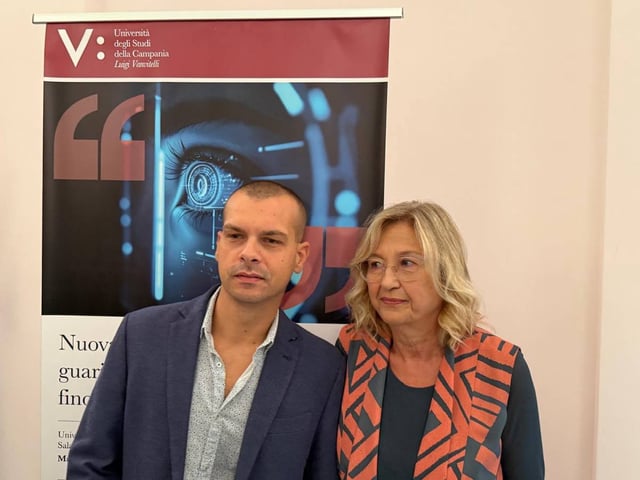Overview
- The first patient, treated in July 2024, has regained near and distance vision even in low-light conditions and reports reading television subtitles and navigating independently.
- The therapy uses two viral vectors injected beneath the retina, each carrying half of the large MYO7A gene to overcome conventional vector capacity limits.
- No serious adverse events have been recorded among the eight treated participants and any ocular inflammation has been infrequent, limited and resolved with corticosteroid therapy.
- AAVantgarde Bio’s phase I/II LUCE-1 trial at the Vanvitelli clinic is preparing to enroll additional patients at an increased dose level to further assess safety and efficacy.
- The treatment builds on over a decade of Telethon Foundation–supported research at TIGEM and could pave the way for gene therapies targeting other inherited retinal disorders.

